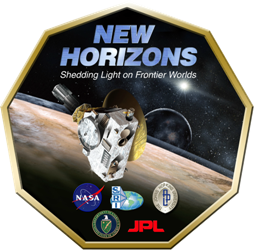New Horizons – To Pluto, Ultima Thule & Beyond!
Exploring The Final Frontier
Here you can learn lots of interesting facts about the amazing New Horizons mission which has explored Pluto and now further into the frozen outer solar system! After a 9 ½ year journey, New Horizons flew by Pluto (and its moons), in July 2015 capturing stunning up-close images of the dwarf planet for the first time! Now it is heading further into the Kuiper Belt to study other ancient, icy mini-worlds!
Fast Summary Facts About New Horizons!
- Type: Interplanetary Space Probe
- Destination: Jupiter, Pluto & 2014 MU69 (Ultima Thule)
- Status: Operational
- Launch Weight: 478 kgs (1,054 lbs)
- Launch Location: Cape Canaveral, Florida
- Launch Date: January 19th 2006
- Jupiter Flyby: February 28th 2007
- Pluto Flyby: July 14th 2015
- 2014 MU69 Flyby: January 1st 2019
Interesting Fun Facts About The New Horizons Mission!
- The New Horizons mission is part of NASA’s New Frontiers Program which aims to continue the exploration of the solar system.
- The probe has an unusual passenger as it is carrying some ashes of Tom Clydebaugh, the man who discovered Pluto in 1930.
- The spacecraft was designed to be as lightweight as possible to maximize its speed. However, it still carries 7 science instruments onboard. These include cameras, a plasma detector, a dust sensor and a radio receiver instrument. These sensors were used to study the geology, composition and characteristics of the surface/atmosphere of Pluto and its moons.
- New Horizons was launched by an Atlas V rocket in 2006 directly towards Pluto.
- Shortly after launch, New Horizons left Earth travelling over 58,500 km/h (36,350 mph) and claimed the title of "the fastest spacecraft ever launched"!
- The spacecraft further increased its speed to 83,000 km/h (51,000 mph) during its flyby of Jupiter. This shortened the probe's journey to Pluto by 3 years!
- New Horizons is the 5th deep space probe (after Pioneer 10 & 11, Voyager 1 and Voyager 2) to exceed the solar system’s escape velocity. This means New Horizons will continue to travel through the Milky Way Galaxy for billions of years!
- Due to the Sun being so faint in the outer solar system, New Horizons can’t use solar panels for power. Instead, the probe uses a small nuclear generator to produce electricity.
- It takes over 6 hours (travelling at the speed of light) for radio signals sent to the probe to reach it!
- After 9 ½ years travelling through interplanetary space, New Horizons flew by the dwarf planet Pluto (and its moons), on the 14th of July 2015. From a distance of 12,500 km (7,800 miles), the spacecraft captured stunning images of the never before seen surface of Pluto and its large moon Charon!
- New Horizons flew by Pluto travelling over 14 kilometres a second! Too fast to stop and enter orbit, so the probe continues to travel further out into the Kuiper belt!
- On the 1st of January 2019, at a distance of 6 ½ billion kilometres (4 billion miles) from Earth, New Horizons performed an exciting flyby of the Kuiper belt object nicknamed Ultima Thule (minor planet 2014 MU69). The most distant object ever visited by a spacecraft and the first close-up exploration of a Kuiper belt object!
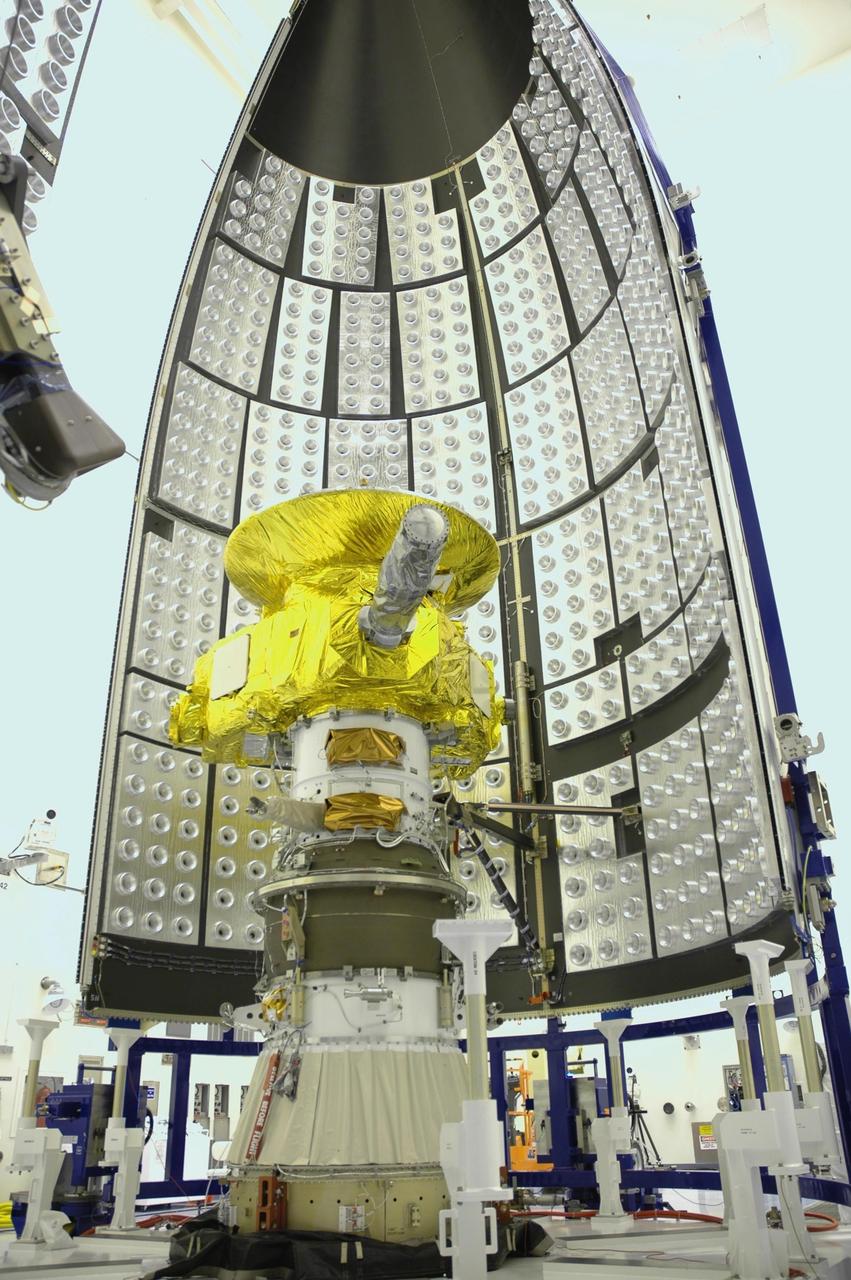
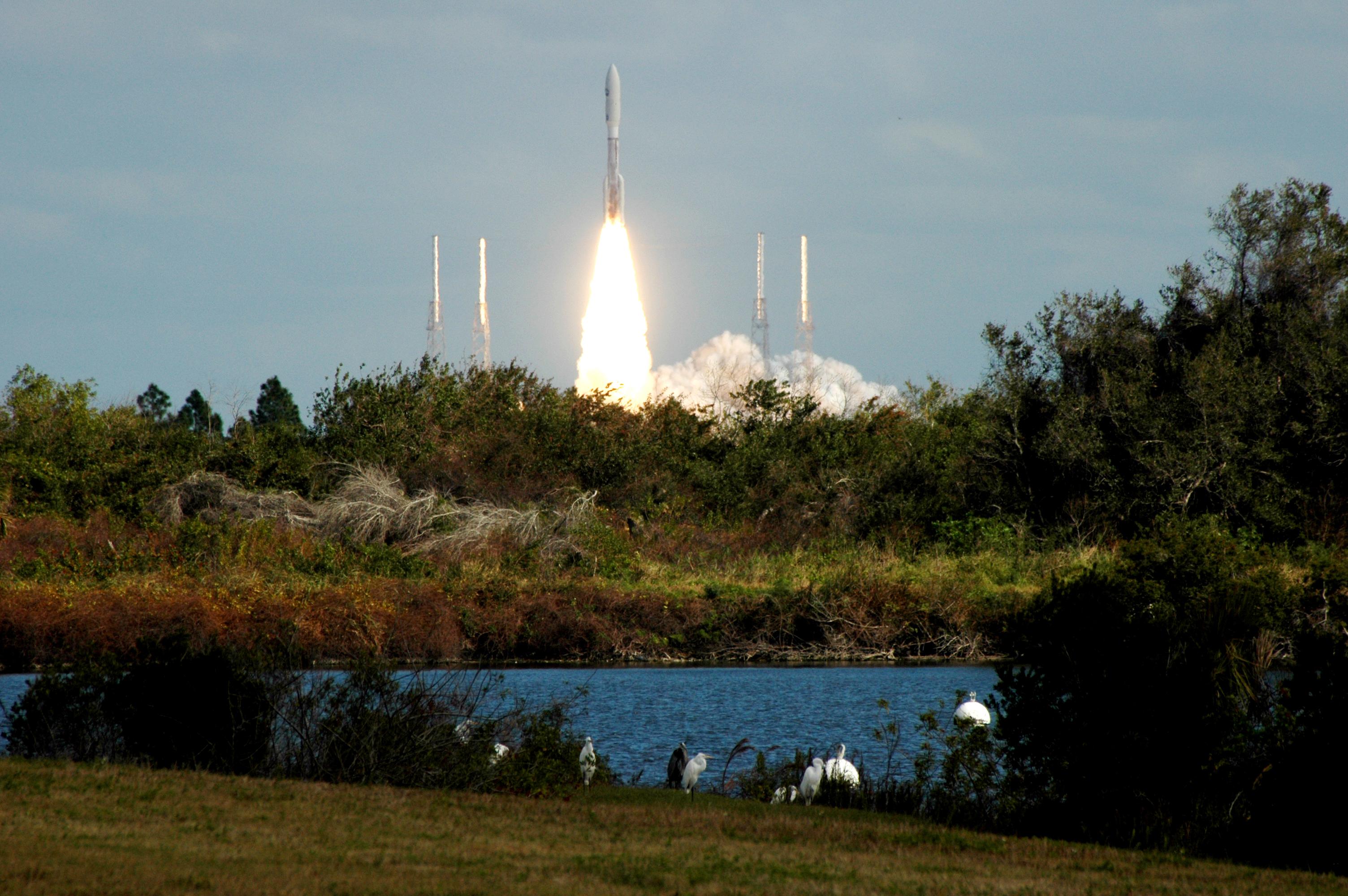
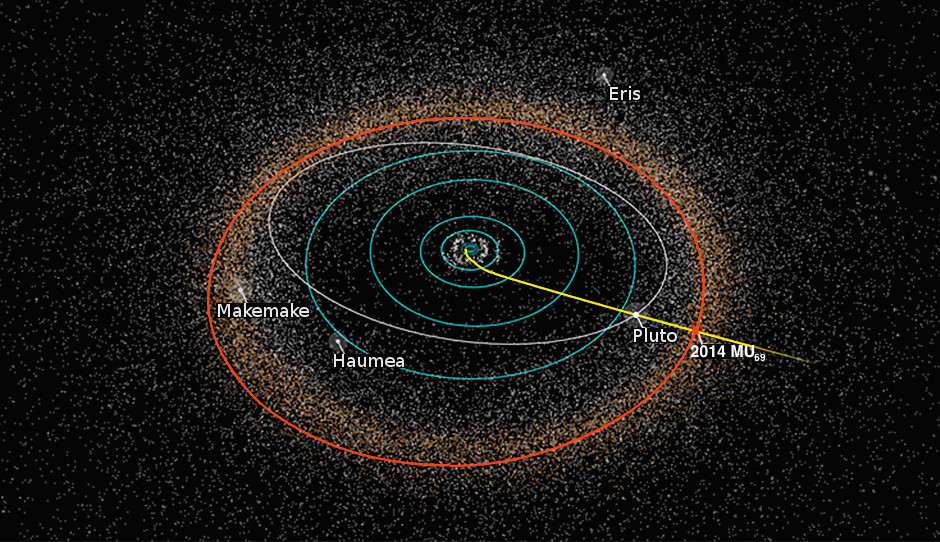
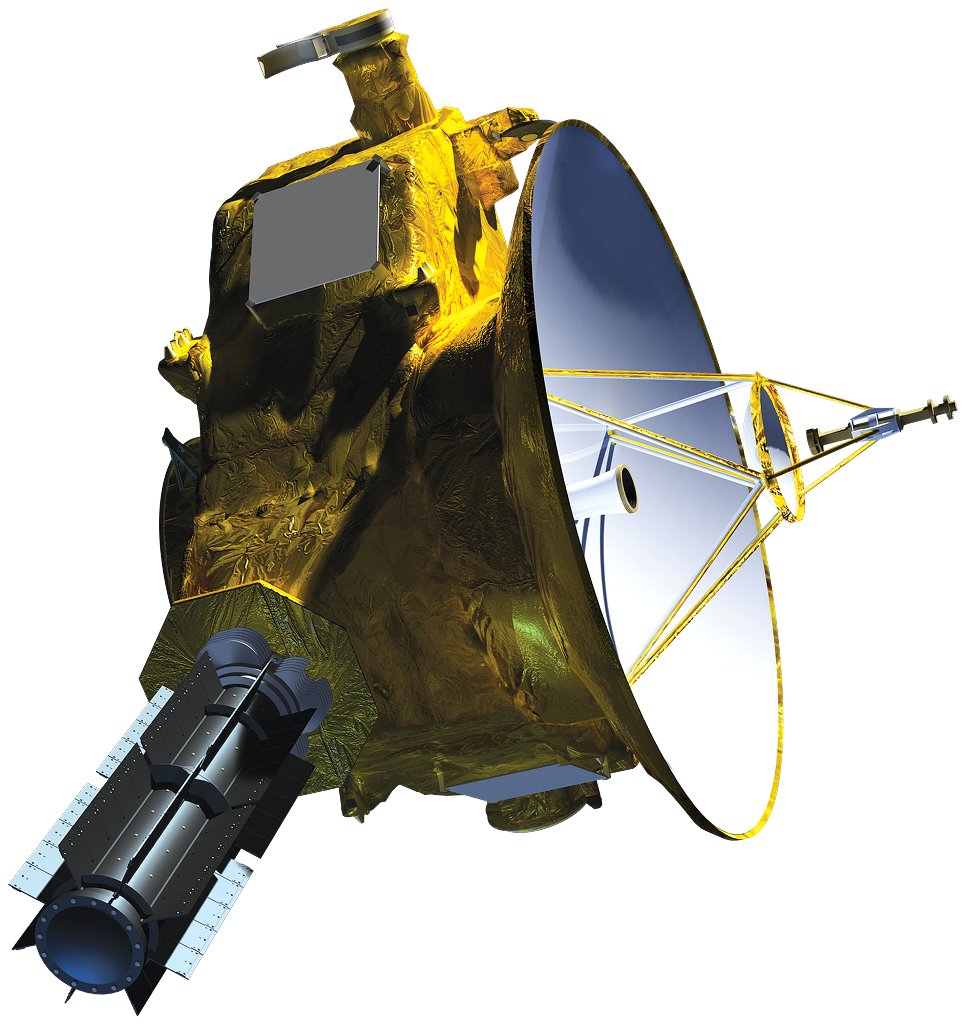
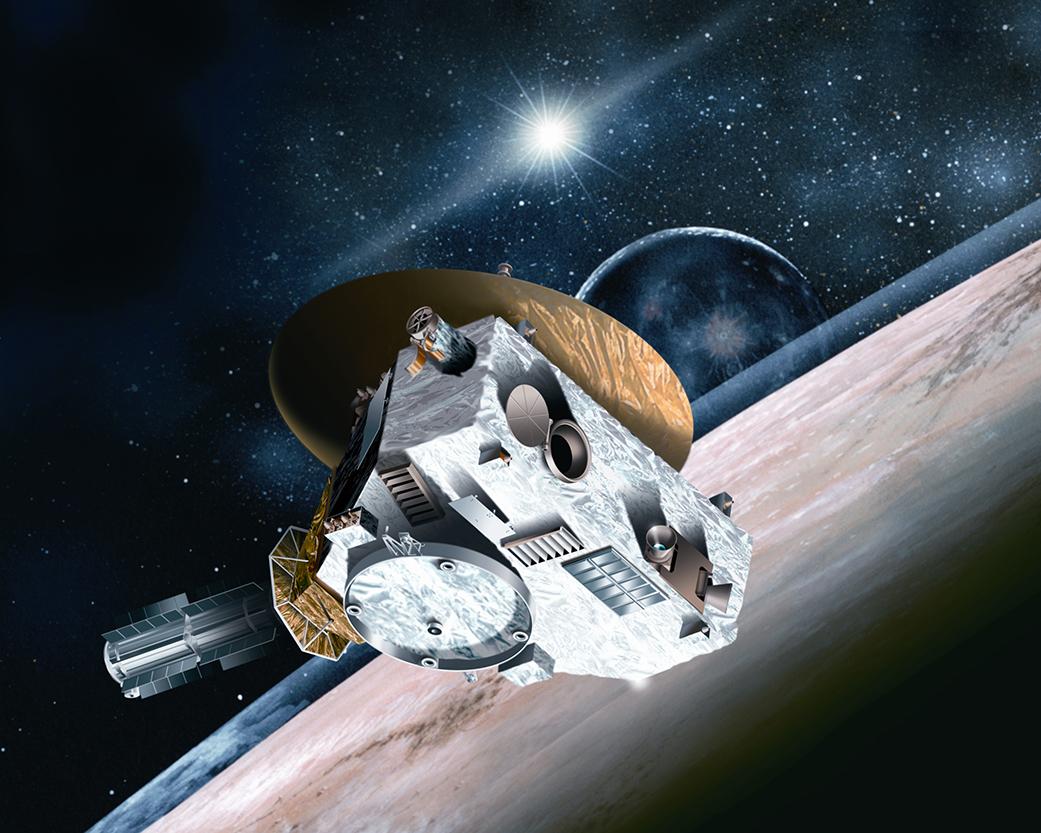
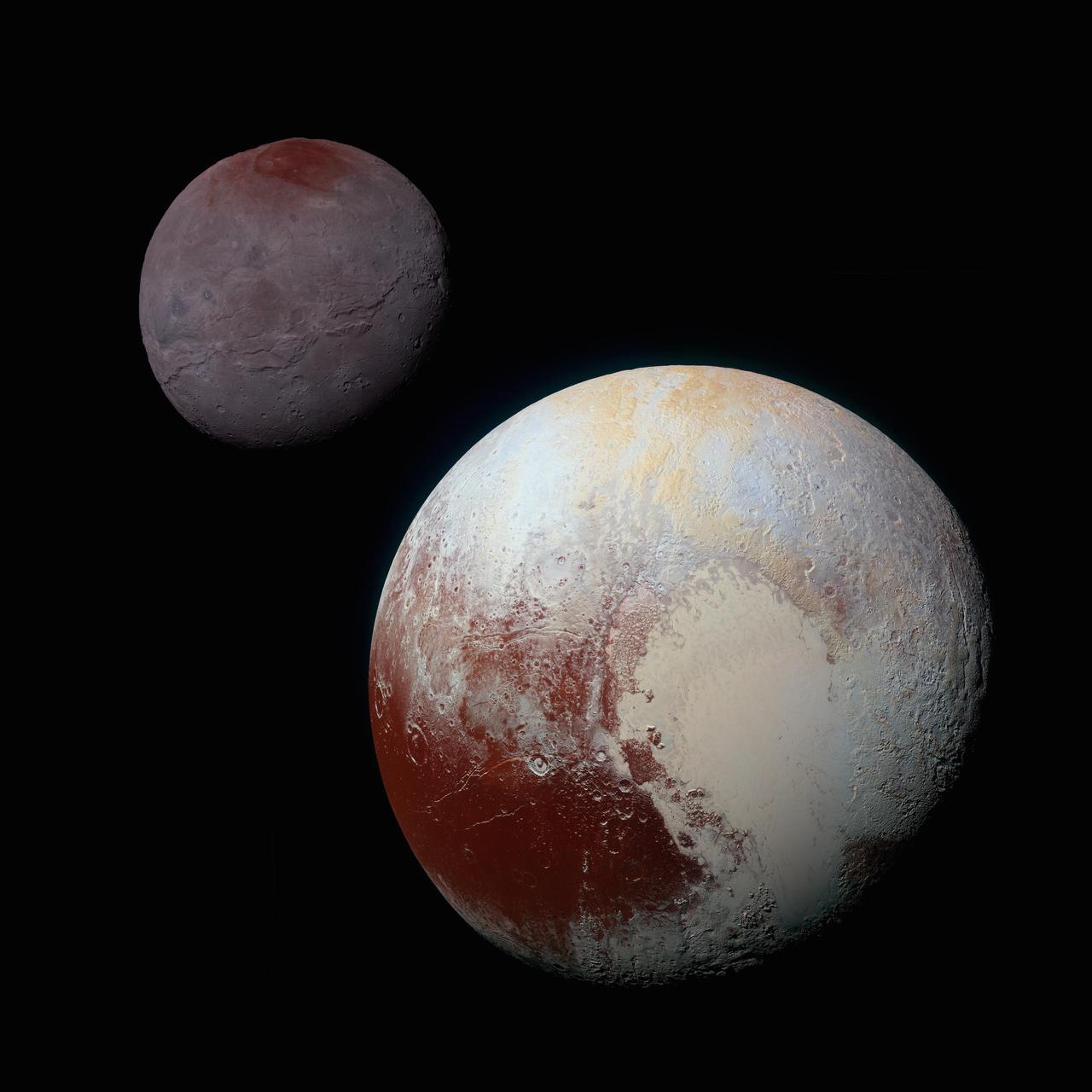
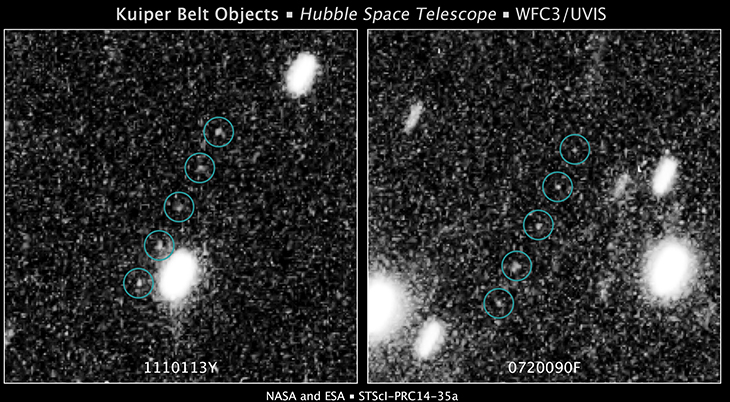
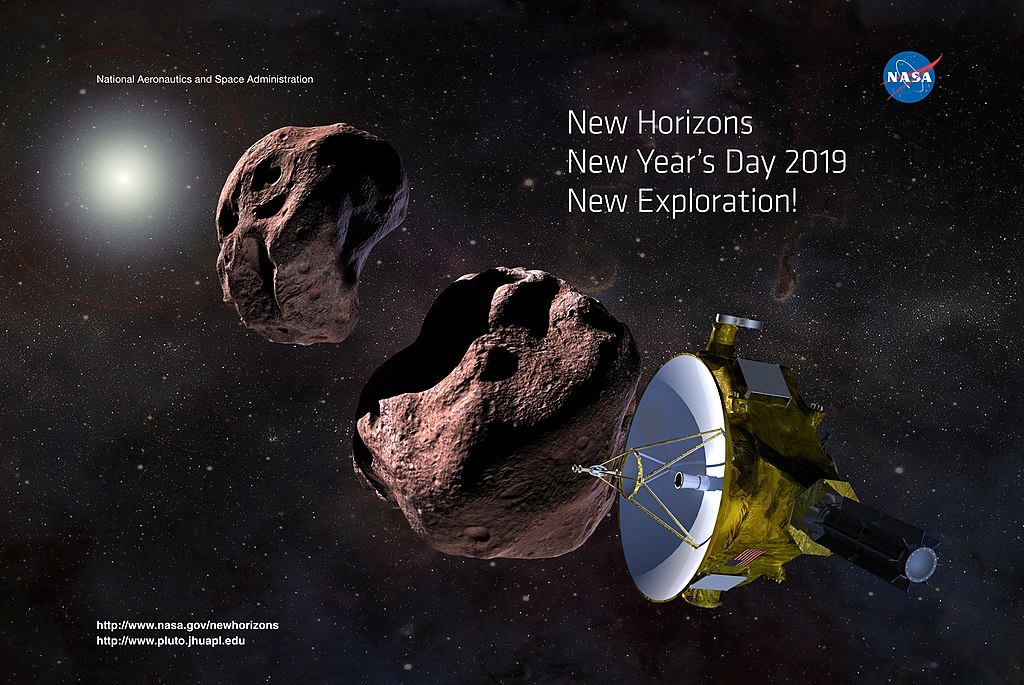


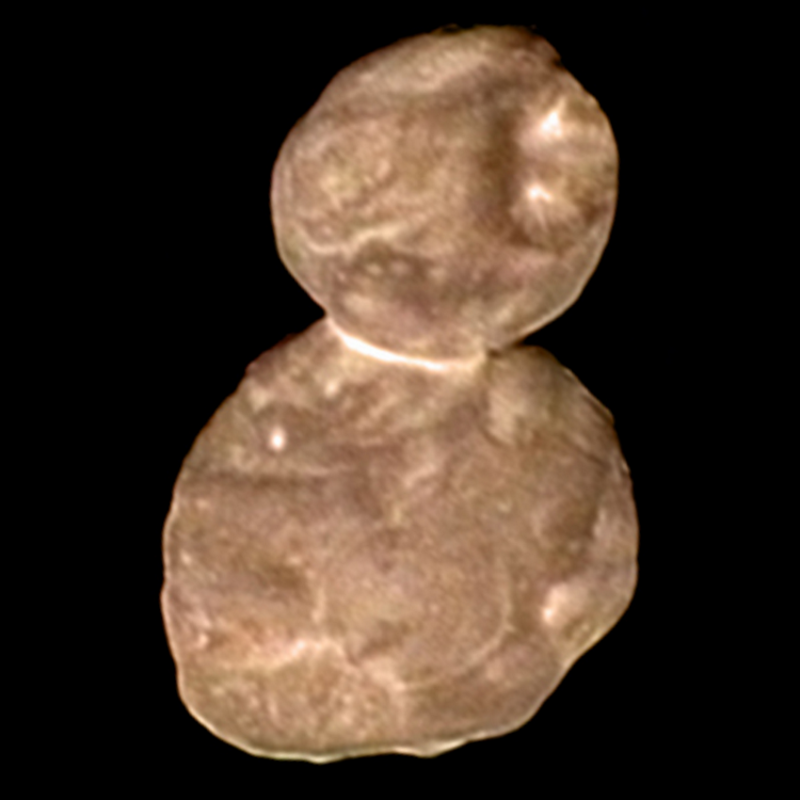
New Horizons
The Journey Begins
New Horizons Target Orbit
New Horizons
Historic Flyby
Dual Dwarfs
Next Destination
New Horizons Ultima Thule Flyby
Ultima Thule Rotating
Ultima Thule Close Up
Ultima Thule in colour

